In Japan, we have many traditional rites of passage in life, especially in younger age, as I explained in the another post “Prayers and Celebrations”. People go to Buddhist temples or Shinto shrines to pray for their children. One of the most popular rituals for children is “Shichi-Go-San 七五三.”
“Shichi 七, Go 五, San 三” are Japanese words meaning seven, five, and three, showing children’s ages respectively. When children reach those ages, parents hold the celebration ritual to pray for their health and happy future at temples or shrines.
Here we must be careful about the counting age. Traditionally, the ages were based on Kazoe-Doshi (数え年), the old East Asia’s lunar calendar, which is usually one year older than modern age. But nowadays, people are not so strict and often celebrate Shichi-Go-San with the modern system.
How to Celebrate Shichi-Go-San
1. Prayer at Temple or Shrine with Kimono
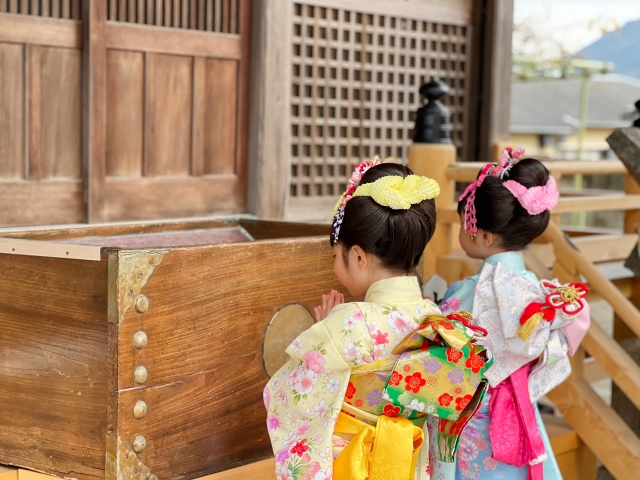
Modern Shichi-Go-San prayer is traditionally held on November 15th, but recently many families celebrate on a convenient day around that date. On the day, children are brought to the temple or shrine to receive Kito 祈祷 (prayer service) for their bright and healthy future. (Please refer also to my previous post)
It is very common to let children wear traditional kimono. Rental shops are easy to find, so even families without kimono can join. If you visit Japan in November and see children in kimono at a temple or shrine, most likely they are celebrating Shichi-Go-San.
2. Ritual at Temple or Shrine

At Shichi-Go-San, people show their appreciation to the deity for their children’s growth and pray for future happiness. The ritual is organized by a monk or shrine priest. Families usually offer some amount of money, often around ten thousand yen or more.
Children receive a talisman and also Chitose-Ame 千歳飴, long-shaped candy specially made for Shichi-Go-San, which symbolizes healthy growth and long life.
3. Memorial Photos and Family Gathering
After the ritual, many families take memorial photos with all members on the temple or shrine grounds. Some hire professional photographers. These photos become lifetime memories, together with other rites such as the first shrine visit, Jyuusan-Mairi, or Coming-of-Age Day.
After photos, families often have a celebration party with parents, grandparents, and relatives. Some hotels offer a package plan including kimono rental, prayer, photo session, and party.
For foreign visitors, if you have children of three, five, or seven years old in November, you may also consider experiencing a Japanese Shichi-Go-San celebration. It can be a special opportunity to touch Japanese tradition.
You can easily book kimono rentals and professional photo sessions online via Klook or GetYourGuide.
We recommend searching for “Shichi-Go-San experience” or “Kimono rental for kids in Japan” to see available options right away.
Historical Background and Japanese Spirit
Shichi-Go-San started when three different children’s rituals came to be performed on the same day, November 15, during the peaceful Edo period (18th century).
Why November 15?
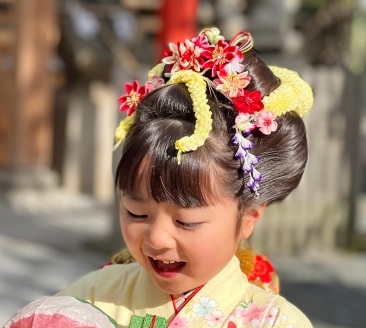
Tokugawa Tsuneyoshi (1646–1709), the 5th Shogun of the Tokugawa Government, held Kamioki-no-Gi 髪置の儀 (see below) for his son on November 15. Ordinary people may have followed this custom, and later the three rituals converged on this day.
Kamioki-no-Gi 髪置の儀 (for three-year-old child)
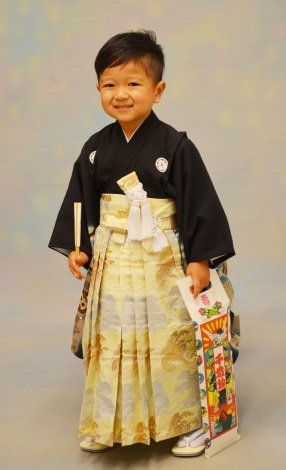
formal kinono pants
In ancient Japan, it was common to shave a baby’s hair until age three. After that, people let the child’s hair grow. Kamioki means “to begin growing hair.” This ritual celebrated the healthy growth of a three-year-old child.
Hakama-Gi no Gi 袴着の儀 (for five-year-old boy)
This ritual was for boys to wear hakama (formal kimono pants) for the first time. By wearing hakama, the boy was considered to step up from infancy to boyhood. Originally practiced by nobles and samurai, it spread to ordinary families in the Edo period.
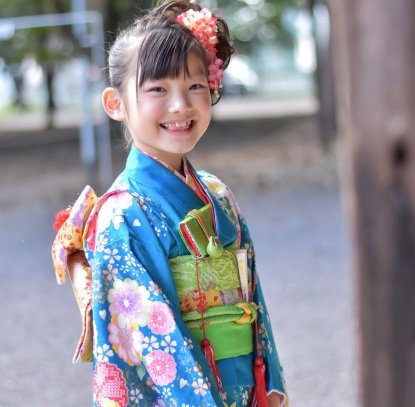
Obi-Toki-no-Gi 帯解きの儀 (for seven-year-old girl)
This ritual was for girls to change from using a child’s narrow obi (kimono belt) to a wide obi like adult women. It symbolized the step from small girl to young lady.
Summary
Shichi-Go-San is one of the distinctive cultural customs that shows Japanese spiritual behavior. In this way, Japanese people pray to Buddha or Shinto gods for happiness at many life events. This spirit is not only in big ceremonies like Shichi-Go-San, but also in daily manners such as saying “Itadakimasu” before meals (Please refer my previous post)
Experience Shichi-Go-San Yourself
Experiencing Shichi-Go-San during your Japan visit is a wonderful way to connect with local culture. From kimono rental to shrine photo sessions, you can easily plan everything online via Klook or GetYourGuide .
We recommend searching for “Shichi-Go-San experience” or “Kimono rental for kids in Japan” to see available options right away.


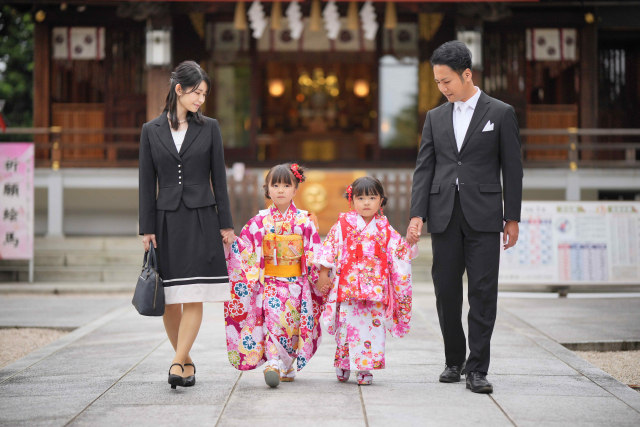


Share Your Perspective